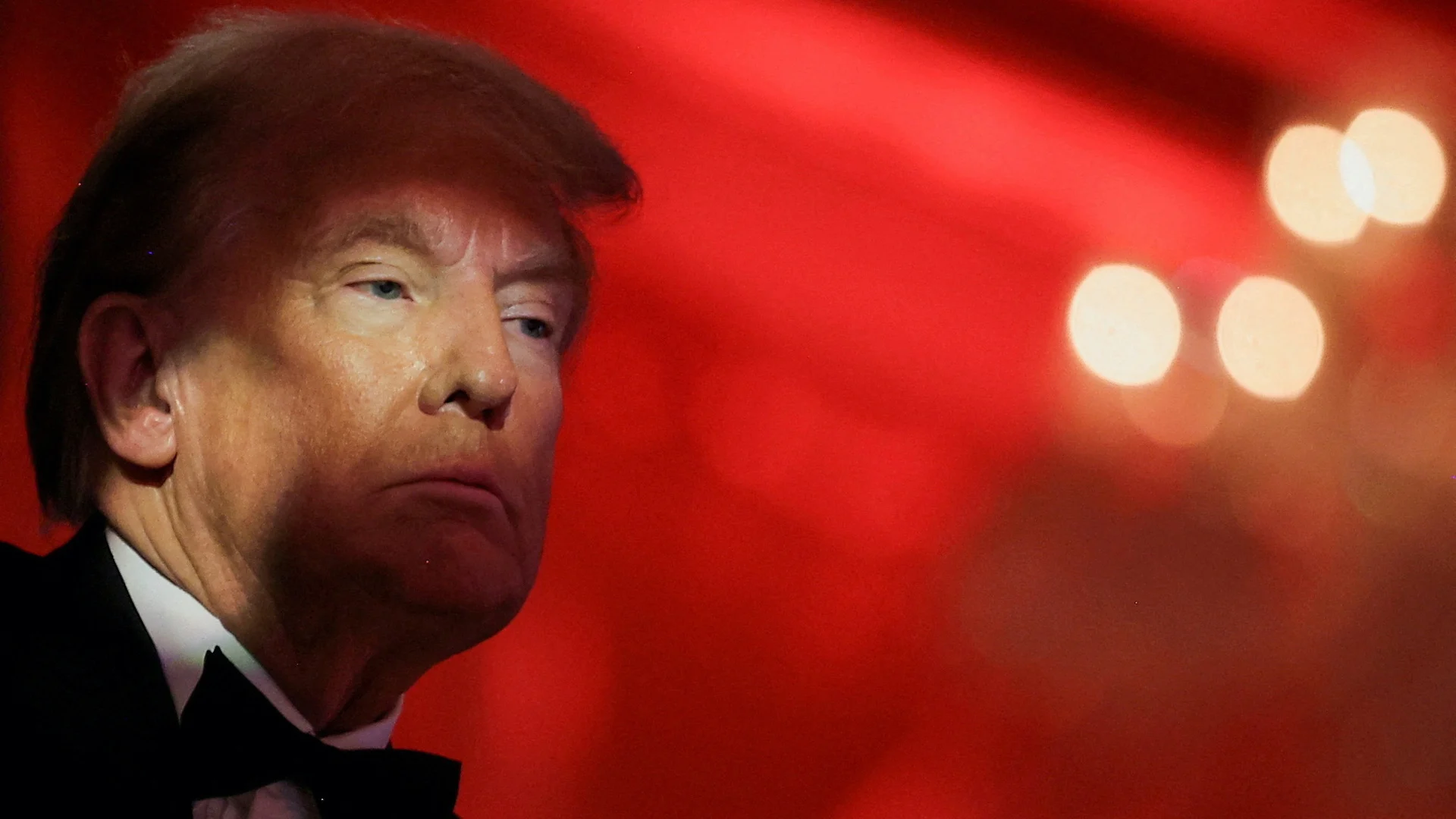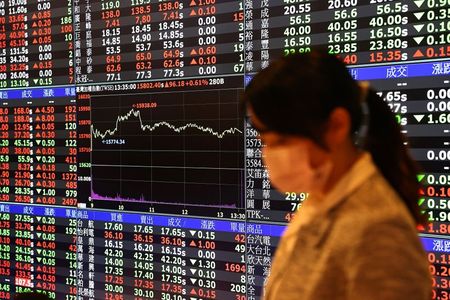For months now, the long-standing inverse relationship between gold and the US dollar has been screaming at us – and it’s still incredibly potent. Treasury Secretary Mnuchin might try to reassure markets about a strong dollar policy, but let’s be real: Trump’s trade ambitions paint a very different picture. He wants to win trade wars, and a weaker dollar is a key weapon in that arsenal.

Photo source:bullionclub.co.uk
Let’s break down why this matters for you, the savvy investor. Historically, a weakening dollar tends to boost gold prices. Why? Because gold is often priced in dollars, so when the dollar loses value, it takes fewer dollars to buy an ounce of gold. Simple economics, really.
Think of it like this: if you’re a global investor, and the dollar is declining, gold becomes a much more attractive safe haven.
But it’s not just about economics. It’s about global sentiment. We’re seeing increased geopolitical uncertainty, and frankly, faith in traditional currencies is waning.
Expanding on the Dollar-Gold Dynamic:
The inverse correlation isn’t always perfect, of course. Short-term fluctuations can happen. However, the broad trend remains stubbornly consistent. A weaker dollar boosts gold’s appeal as a store of value.
Trade policy is a significant driver of dollar strength/weakness. Trump’s protectionist stance inherently puts downward pressure on the USD. This can be seen through tariffs and trade negotiations.
Furthermore, interest rate policies play a role. Lower interest rates can diminish the dollar’s attractiveness, potentially driving investors toward gold. The Federal Reserve’s actions are closely monitored.
Ultimately, investors need to recognize the signaling power of this gold-dollar dance. It’s a clear indication of underlying market anxieties and a potential shift in the global economic landscape.






